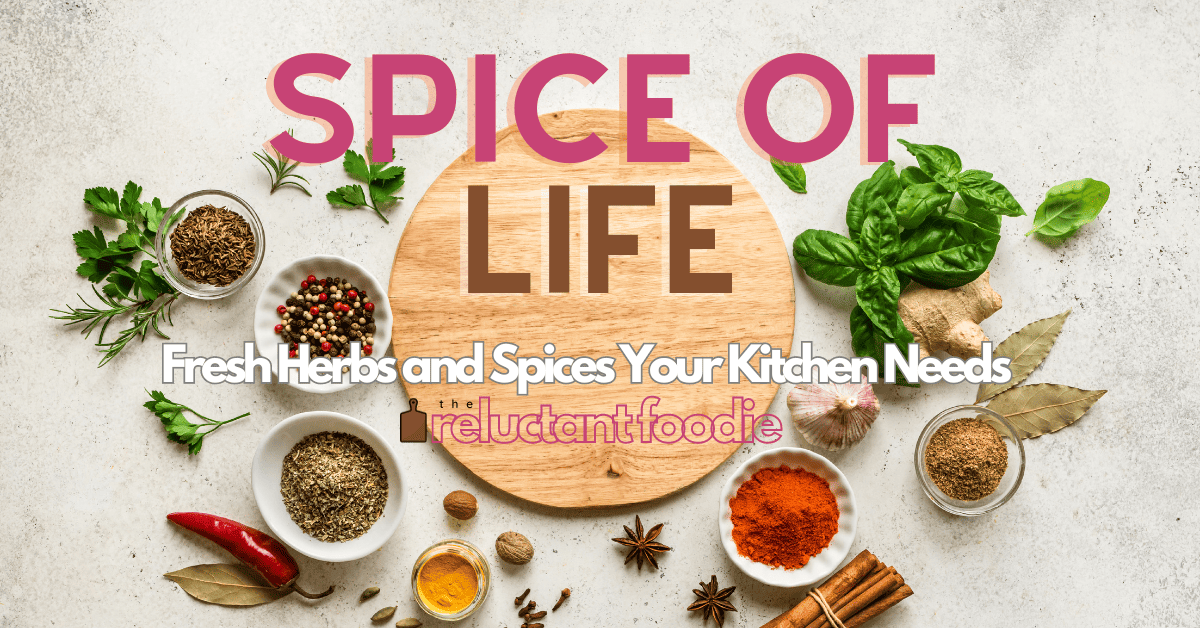Spice of Life: Fresh Herbs and Spices Your Kitchen Needs
Cooking is an art; it’s all about mixing foods and flavors to create something extraordinary.
The magical ingredients that make your meal a masterpiece are herbs and spices.
Whether you’re a kitchen newbie or a seasoned pro, understanding these flavor-packed essentials is a game-changer.
So, welcome to my quick guide, where I will take you on a journey into the world of herbs and spices. I will include some essential yet common herbs and spices and tips on using them.
Beginner to Cooking? See my Easy and Healthy Cooking Tips for Beginners!
Herbs – Nature’s Flavor Enhancers
Meet the Green Wonders
Let’s start with herbs. They’re the green, leafy superheroes that give your dishes that fresh, fragrant boost. You’ve probably heard of basil, thyme, parsley, and the gang. These herbs are like nature’s little flavor bombs; they’re your culinary sidekicks.
Bringing Herbs into Your Kitchen
You’ve got two ways to play with herbs: fresh or dried.
Fresh herbs are like the rockstars of your spice rack. But they have a shelf life, so keep them in the fridge. They are great to sprinkle on just about any dish you serve.
On the other hand, dried herbs are superheroes with a secret identity. They’re concentrated and have a longer shelf life, perfect for those slow-cooked stews.
Top Herbs to Use Tonight
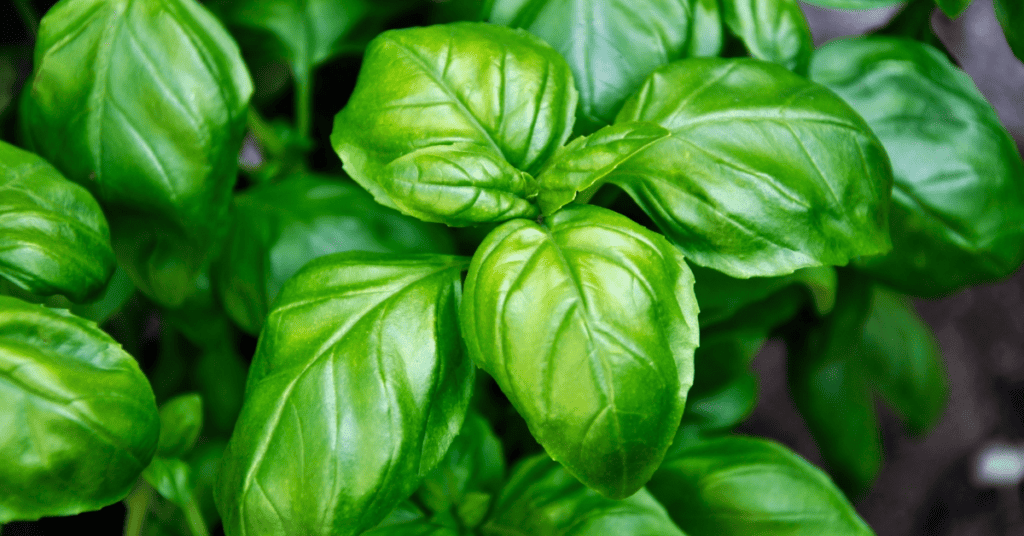
Basil is known for its sweet, slightly peppery flavor. It’s a versatile herb that pairs well with tomatoes, making it a key ingredient in pasta sauces and pesto.
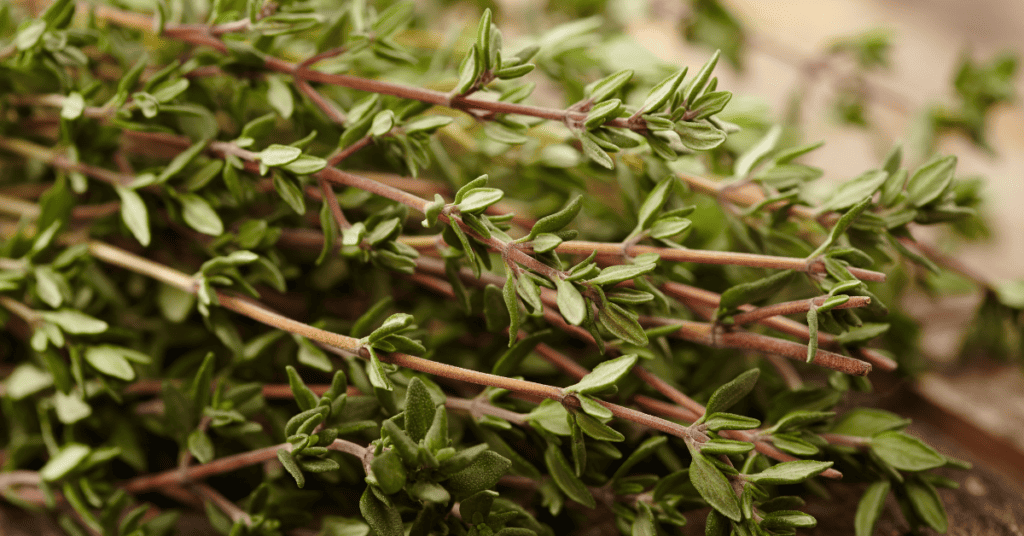
Thyme has a savory, earthy flavor. It’s often used in soups, stews, potatoes, and roasts. Thyme is great, fresh or dried, and works fabulously in many dishes.
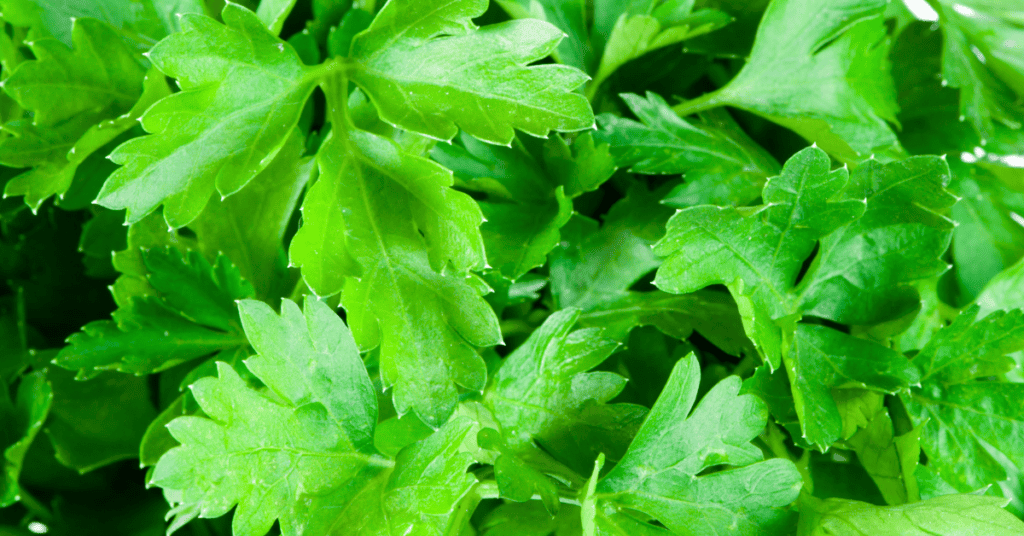
Parsley has a fresh and bright flavor and is mildly peppery. It’s widely used as a garnish and flavor enhancer in various dishes, including salads, pasta, and seafood.
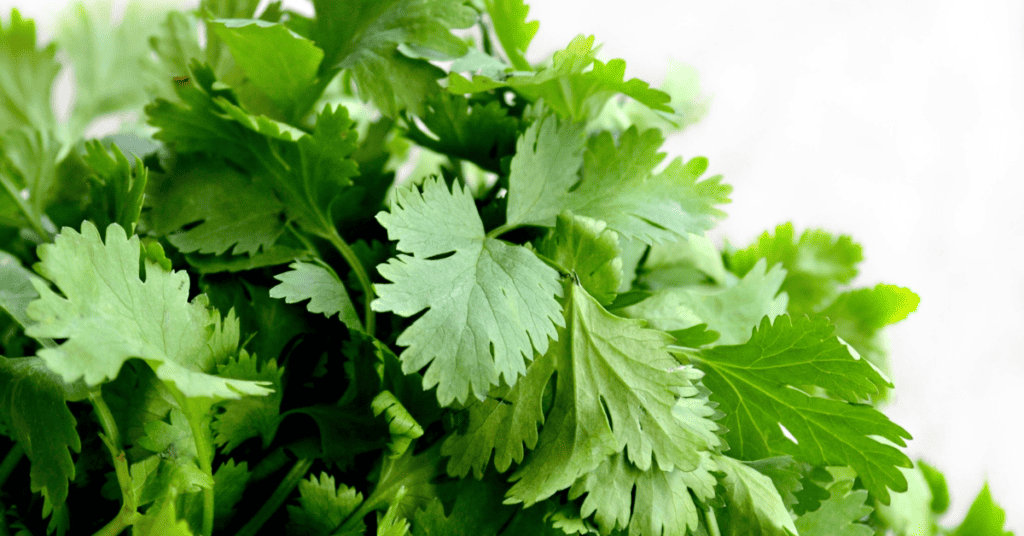
Cilantro has a distinctive citrusy and slightly floral flavor. It’s a staple in many Latin, Asian, and Middle Eastern cuisines, such as salsas and curries, and is also used as a garnish.
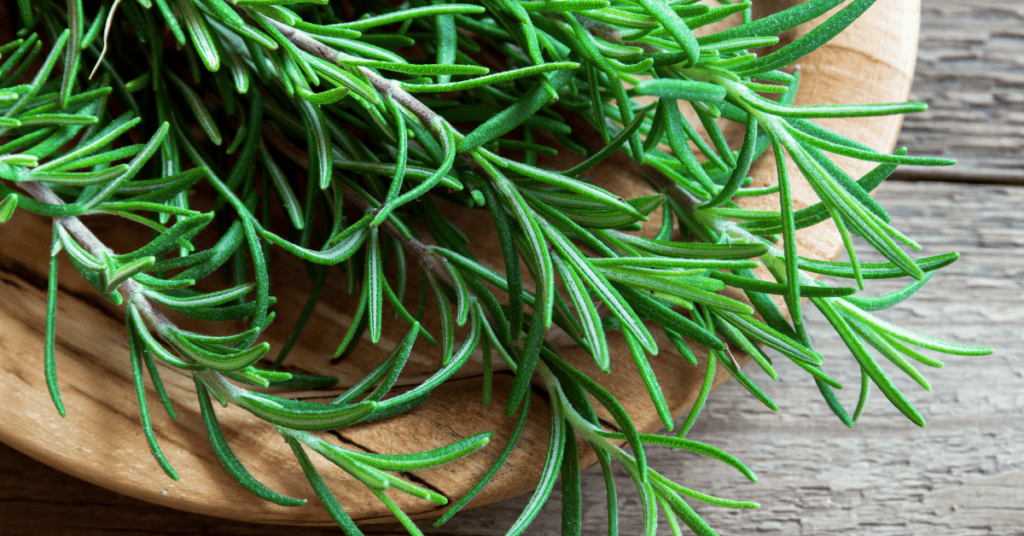
Rosemary offers a robust, piney flavor. It’s excellent for seasoning roasted meats, chicken, turkey, and potatoes. It is also an ideal savory component in breads.
Honorable Herb Mentions
- Mint is a refreshing, cool, and slightly sweet flavor. It is commonly used in mojitos, tea, and as a dessert garnish.
- Oregano has a robust, slightly bitter flavor with a hint of spiciness. It is often used in pasta sauces, pizza, and grilled meats.
- Chives taste a bit like onions with a touch of garlic. Typically, a garnish for salads, baked potatoes, and creamy dishes like sour cream and chive dip.
Herbs for Health
Beyond the kitchen, herbs have been part of traditional medicine for eons. Think of them as your natural allies. For example, peppermint soothes your tummy, and chamomile is your calming buddy. Sipping herbal teas or healing broth is a tasty way to enjoy these benefits.
Remember to do some homework on safety and precautions, especially if you’re using herbs for more than seasoning.
Spices – The Flavor Powerhouses
Unveiling the Spice Story
Spices, unlike herbs, come from the seeds, roots, bark, or fruits of plants. They’re the bold and intense characters in your flavor saga. Freshness is everything when it comes to spices. Consider investing in a spice grinder to unlock their full potential.
Getting Spicy in the Kitchen
Spices are like your secret weapon in the kitchen.
You can use them whole or ground, depending on the dish. Whole spices, like cumin seeds, bay leaves, or cinnamon sticks, release their magic slowly, perfect for long-cooking dishes. Ground spices like paprika or ginger bring flavor to quick-cooked meals.
Spice blends and rubs are another adventure waiting to happen. Create your signature blends like a culinary artist and store them in airtight containers for freshness.
Top Spices to Use Tonight
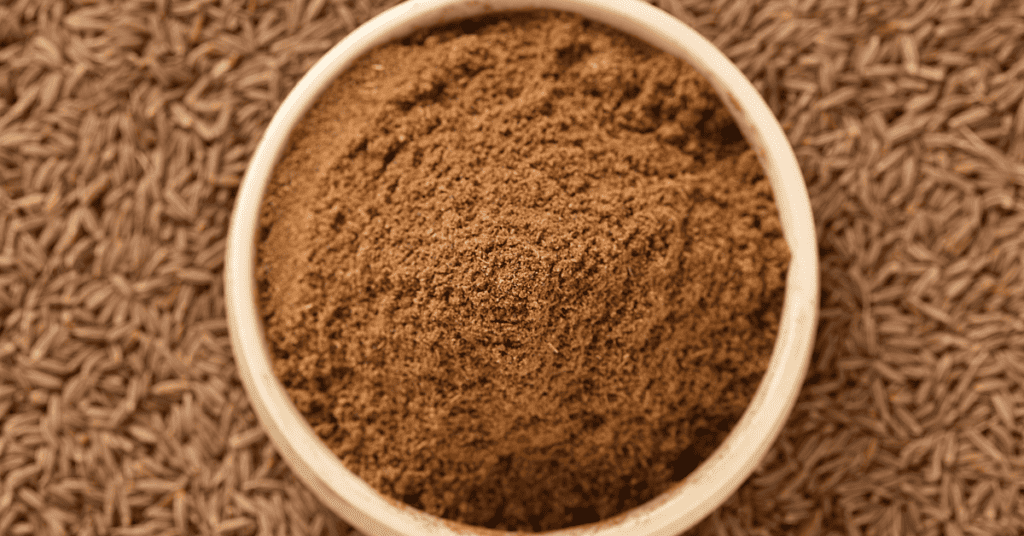
Cumin has a warm, earthy, and slightly nutty flavor. It’s a key ingredient in many spice blends, especially in Mexican, Indian, and Middle Eastern cuisines. Cumin is used in curries, chili, and taco seasoning.
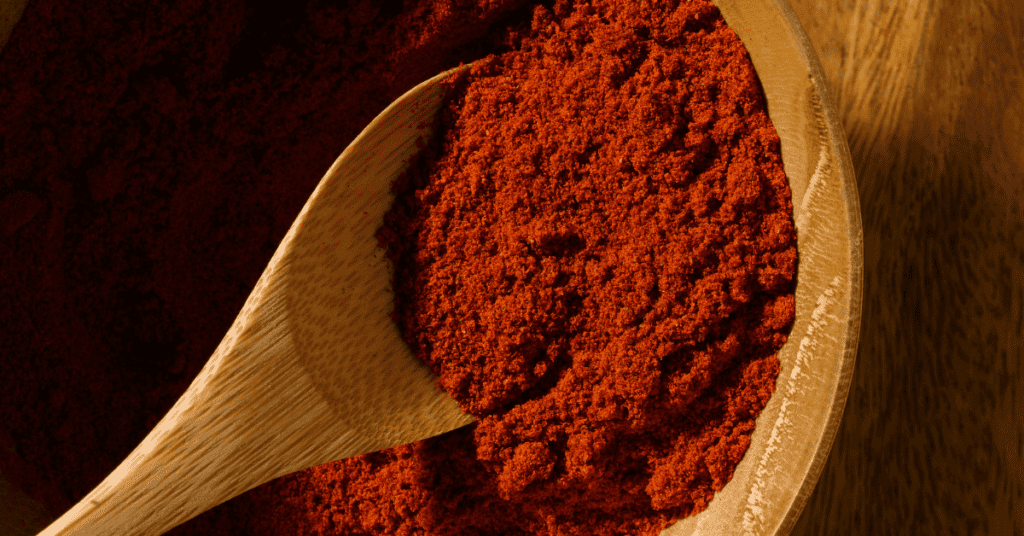
Paprika offers a mild, sweet, and sometimes smoky flavor. Paprika comes in various varieties, including sweet, smoked, and hot.
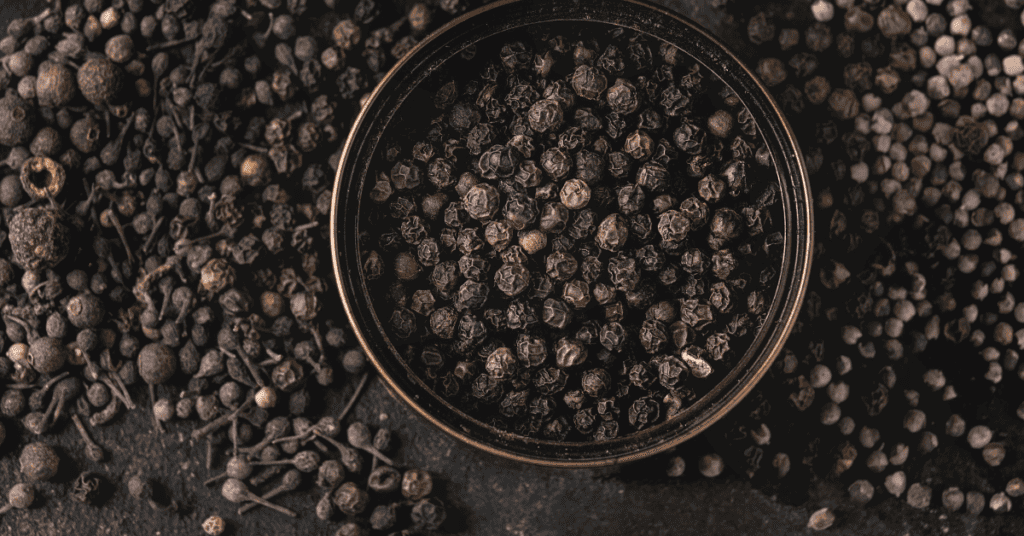
Black pepper is known for its sharp and spicy taste. It’s one of the most widely used spices globally and is an essential seasoning in a variety of savory dishes.
Honorable Spice Mentions
- Ginger adds a zesty and mildly spicy flavor to Asian and Indian foods.
- Turmeric has an earthy flavor with a vibrant yellow color. It’s a staple in Indian and Southeast Asian cooking.
- Crushed Red Pepper offers a spicy, smoky, slightly fruity flavor.
What about the Onions and Garlic?
While these are MUST HAVES for your kitchen – always keep them in stock – they technically aren’t considered herbs and spices. While onions, garlic, and shallots provide AMAZING flavor and nutrition, they are root vegetables, so save that for your next trivia night!
Mixing It Up – Herbs and Spices Together
The real magic happens when you bring herbs and spices together. Balancing flavors is the key to creating unforgettable dishes.
Try the trio of rosemary, garlic, and thyme for a savory roast. And if you’re into curry, mix up coriander, cumin, and turmeric for an aromatic explosion.
Experimentation is the name of the game. Begin using small amounts of herbs and spices in cooking and gradually add more as you go. Some herbs and spices have solid and dominant flavors, so a little goes a long way.
Handy Tips for Your Culinary Herbs and Spices Adventure
Here are some tips to keep in mind as you venture into the world of herbs and spices:
- Taste as you go: Your taste buds are your best guides. Don’t be afraid to adjust flavors as you cook.
- Keep it simple: Start with the basic spices and herbs and gradually work your way into more complex combinations.
- Store them right: Herbs belong in the fridge, wrapped in a damp paper towel. Spices prefer a cool, dark place away from sunlight and heat.
- Label your herbs and spices: If you’re building a spice collection, label your jars to keep track of freshness.
- Be mindful of allergies: Some folks might have allergies or sensitivities to some herbs and spices, so be considerate when cooking for others.
In Conclusion
The world of herbs and spices is a culinary adventure waiting to happen. It’s like adding a dash of magic to your everyday cooking. There’s no right or wrong way to use herbs and spices – explore, taste, and enjoy the journey. So, let’s spice up your culinary adventure, one herb, and spice at a time!

